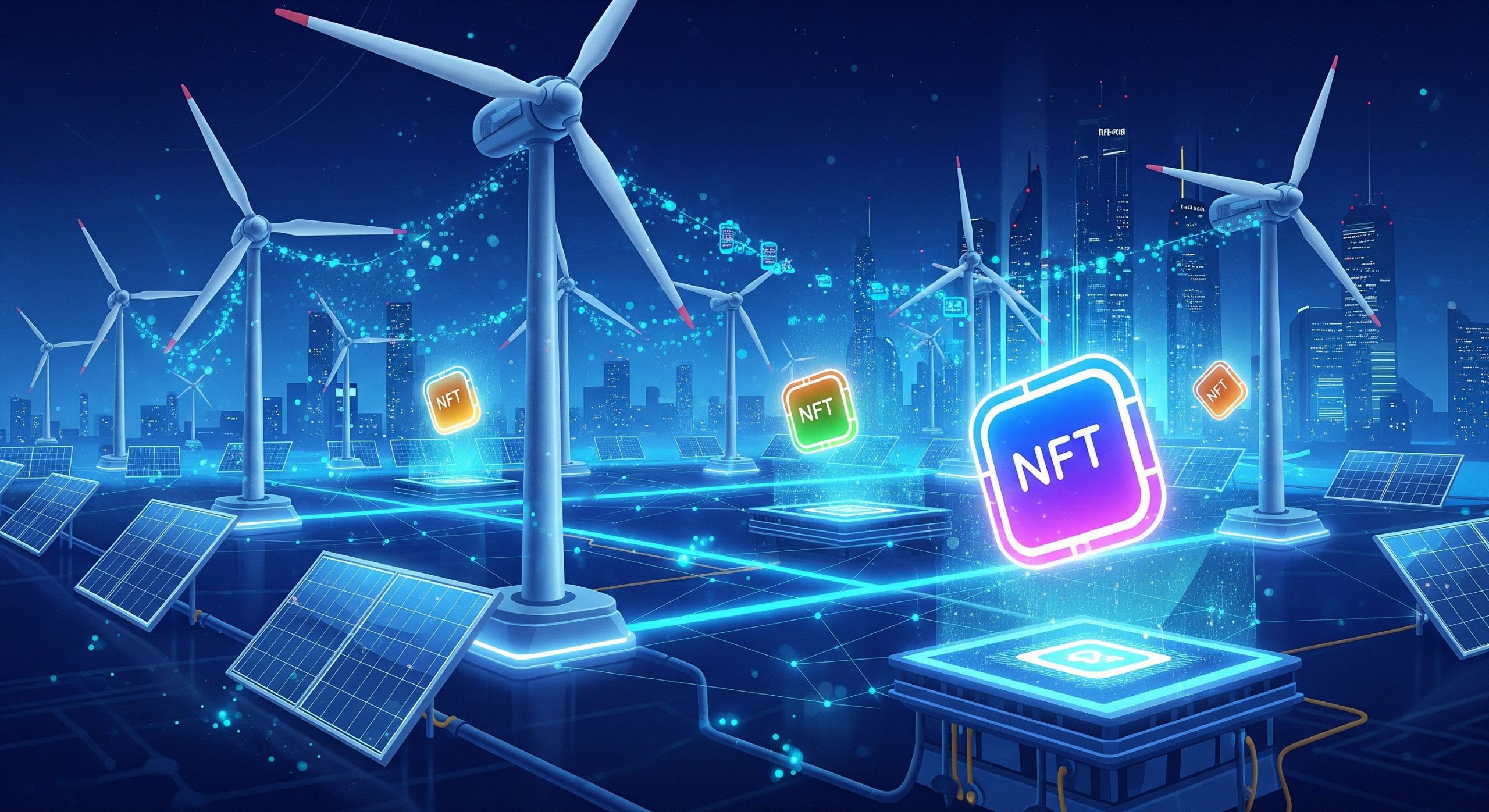In an era where sustainability is no longer a choice but a necessity, a recent study from Cornell University has unveiled a groundbreaking solution to one of the digital world’s most pressing challenges: the energy consumption of NFT transactions. Non-fungible tokens (NFTs), celebrated for revolutionizing digital art and collectibles, have also been criticized for their environmental footprint. Now, Cornell researchers propose a path forward that could reshape both the crypto economy and the renewable energy sector.
The Problem: NFTs and Energy Consumption
NFTs rely heavily on blockchain technology—most commonly Ethereum—which, despite recent upgrades, still demands significant energy to validate transactions and maintain security. As NFTs have exploded in popularity, so too have concerns about their environmental impact. Critics argue that every NFT minted or traded contributes to increased carbon emissions, especially when powered by traditional fossil fuel-based energy grids.
The Solution: Tapping Into Surplus Renewable Energy
According to the Cornell team, vast amounts of renewable energy generated by solar panels and wind turbines go unused, particularly during peak production hours or in regions with limited storage infrastructure. This excess energy is often curtailed—wasted because there’s no immediate demand or means of storage.
The researchers suggest that this surplus clean energy could be redirected to power the computational processes behind NFTs. By aligning energy-hungry blockchain operations with periods of high renewable output, the digital art market could dramatically reduce its carbon footprint while making productive use of otherwise wasted energy.
Benefits Beyond NFTs
This approach doesn’t just serve the NFT community. It represents a model for future blockchain applications, from decentralized finance to supply chain management, enabling these technologies to grow without exacerbating climate change. Moreover, it could incentivize further investment in renewable infrastructure, as energy producers find new markets for their excess supply.
Challenges Ahead
While the concept is promising, practical implementation requires cooperation between energy providers, blockchain networks, and policy makers. Grid modernization, dynamic energy pricing, and smart contracts that can align NFT minting with clean energy availability will be key components in turning this vision into reality.
A Sustainable Future for Digital Art
Cornell’s research adds momentum to the growing movement for greener blockchain technologies. As artists, collectors, and platforms seek to balance innovation with responsibility, integrating surplus renewable energy into NFT transactions could become a pivotal step toward a more sustainable digital economy.




